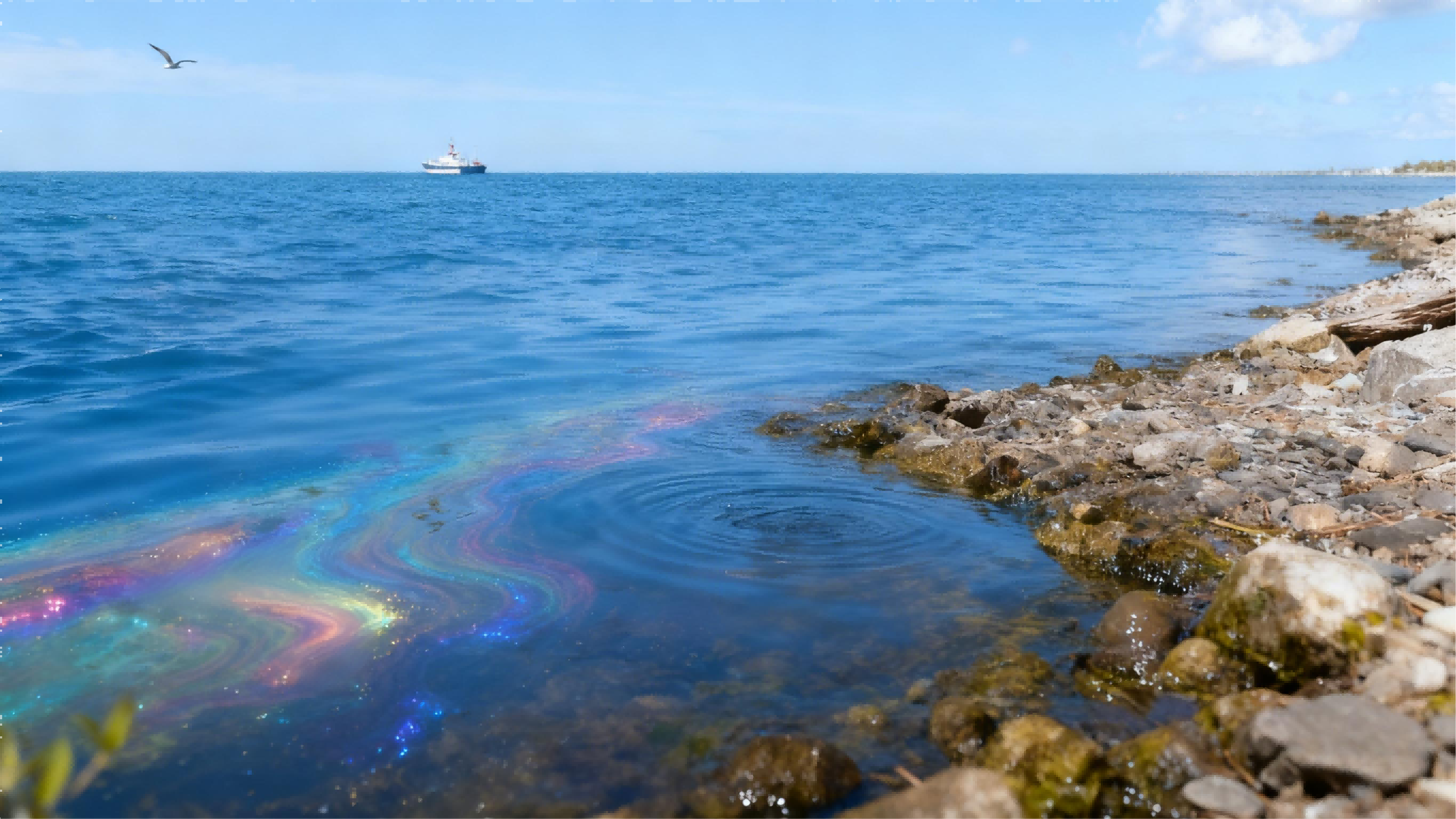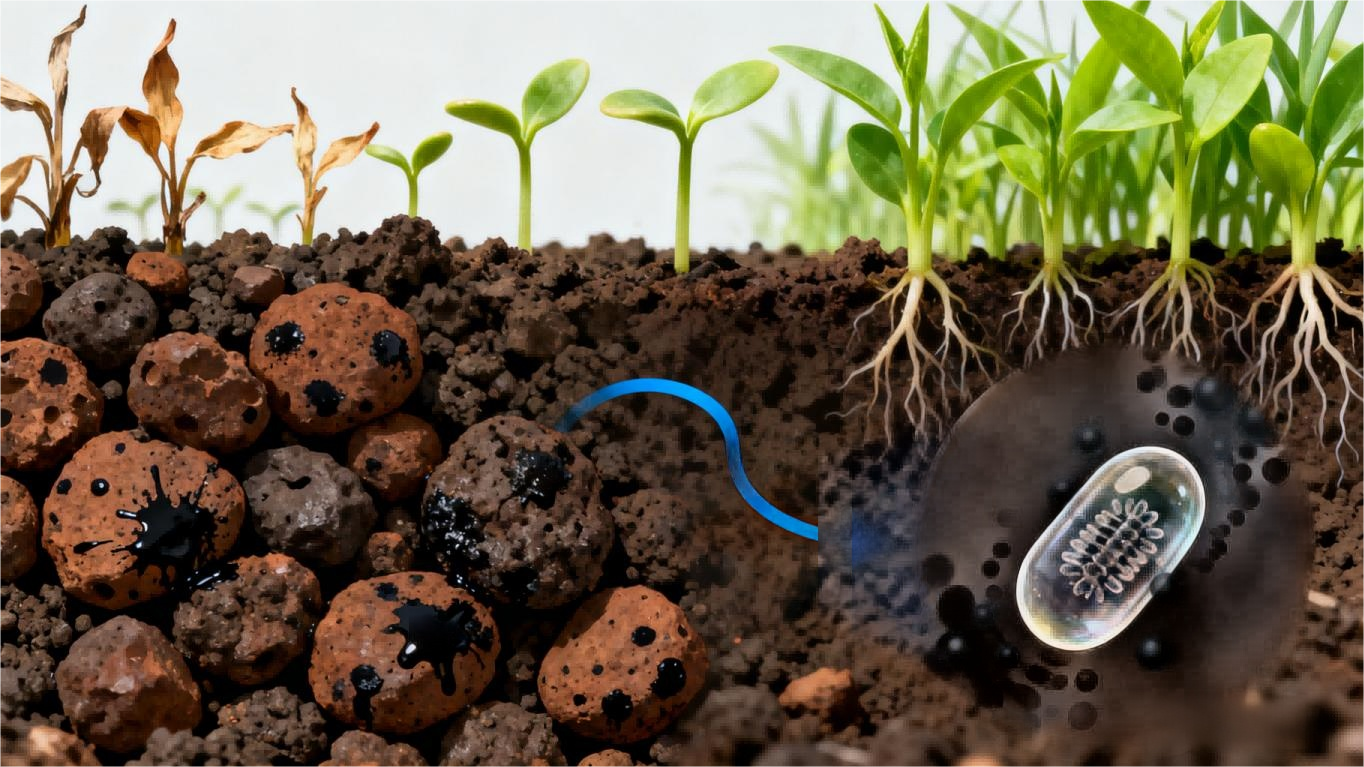Environmental Havoc: The Impact of Petroleum Pollution on Water and Aquatic Life
1. The Impact of Petroleum Pollution on the Environment
Petroleum, a key source of energy, plays a major role in driving economic growth and improving living standards. It's used in everything from transportation and power generation to manufacturing machinery. It's also a crucial ingredient in many industries, including petrochemicals, textiles, and food production. However, the widespread use of petroleum also leads to significant pollution, especially in our waterways, and this pollution has a major impact on the environment.
As China continues to grow economically, it relies heavily on petroleum for energy. But while petroleum is essential for development, the activities surrounding its extraction and use can harm the environment. This pollution creates challenges for both the environment and the industries that depend on petroleum. To maintain progress, it’s crucial to balance petroleum use with efforts to protect our natural resources.
2. Sources of Petroleum Pollution in Water
Most petroleum pollution in water comes from human activities like oil refinery wastewater, offshore oil drilling, oil tanker accidents, and leaks from ships. Additionally, wastewater from various oil-related operations, including washing oil tankers or cleaning machinery, can release oil into the water. As a result, oil spills have become a global environmental issue, with millions of cubic meters of petroleum products entering oceans each year.
Once petroleum enters the water, it doesn’t mix with the water because it’s lighter and doesn't dissolve in it. Instead, it floats on the surface, spreading out quickly and forming a thin film. This film can block oxygen from entering the water and disrupt the ability of aquatic plants to photosynthesize. As the petroleum breaks down naturally, it also uses up large amounts of dissolved oxygen, causing the water to become hypoxic (lacking oxygen), which can lead to the water turning black and smelling bad.

3. How Petroleum Affects Aquatic Life
Petroleum contains many harmful chemicals that can be toxic to aquatic life. Some of these substances, like benzene and benzo[a]pyrene, are known to cause cancer and other health problems. These chemicals can affect fish, plants, and other marine life. For example, when fish come into contact with petroleum, the oil can clog their gills, making it hard for them to breathe and ultimately killing them. Even low levels of petroleum in the water can cause fish to die or make them unsafe to eat.
The harmful effects of petroleum are not just short-term. Over time, chemicals in the oil can accumulate in fish and shellfish, entering the food chain and potentially affecting humans who eat these contaminated animals. The presence of toxic hydrocarbons in the water can also cause plants to die, disrupting the balance of aquatic ecosystems. In fact, even small amounts of petroleum can harm plants by blocking their ability to absorb nutrients and carry out normal processes like photosynthesis.
4. The Risks of Petroleum to Human Health
Petroleum pollution in water can also harm human health. Carcinogenic compounds in oil can build up in fish, shellfish, and other seafood, putting people who consume these animals at risk. Certain chemicals in petroleum, such as polycyclic aromatic hydrocarbons (PAHs), are particularly dangerous because they can cause cancer and damage vital organs like the liver and kidneys. These substances can enter the human body through contaminated food or even through the air if petroleum fumes are inhaled.
5. Petroleum's Impact on Soil
When petroleum pollutants seep into the soil, they can cause a range of environmental problems. The pollutants can change the soil’s properties, damaging its structure and making it harder for plants to grow. Petroleum can also harm soil microorganisms that help maintain soil health. For plants, petroleum can form a sticky layer around their roots, blocking oxygen and nutrients from reaching the roots, which can lead to root rot and other plant diseases.

